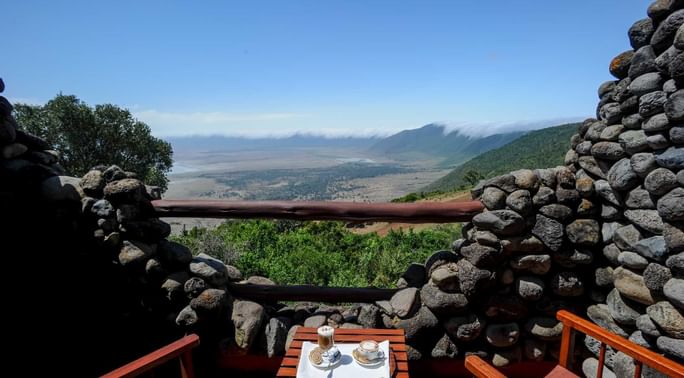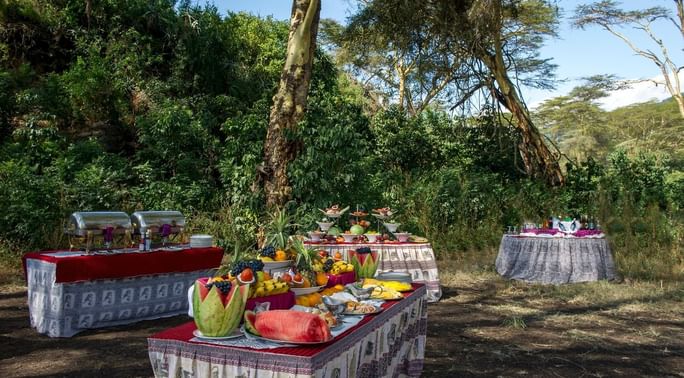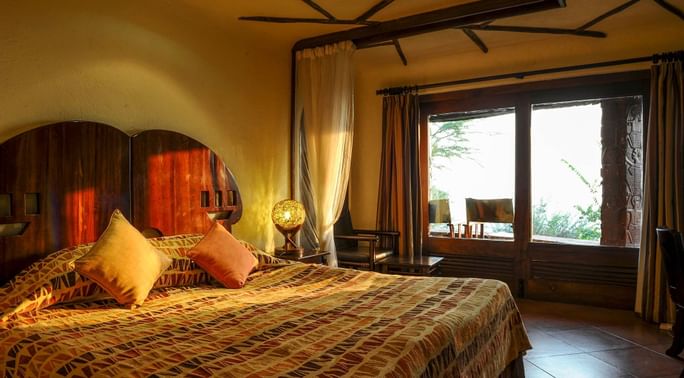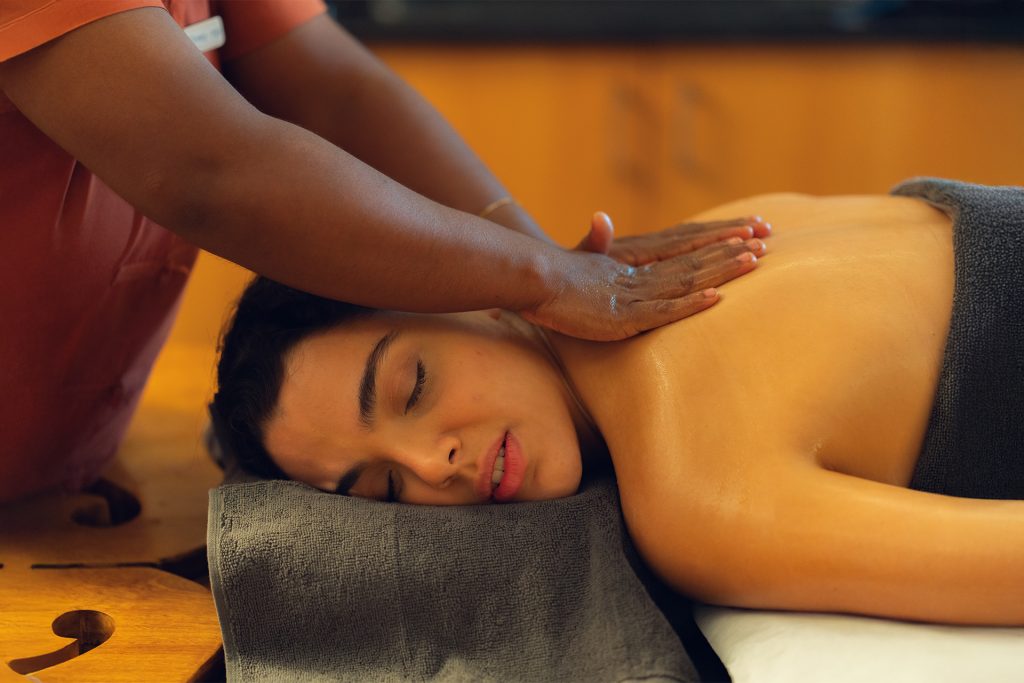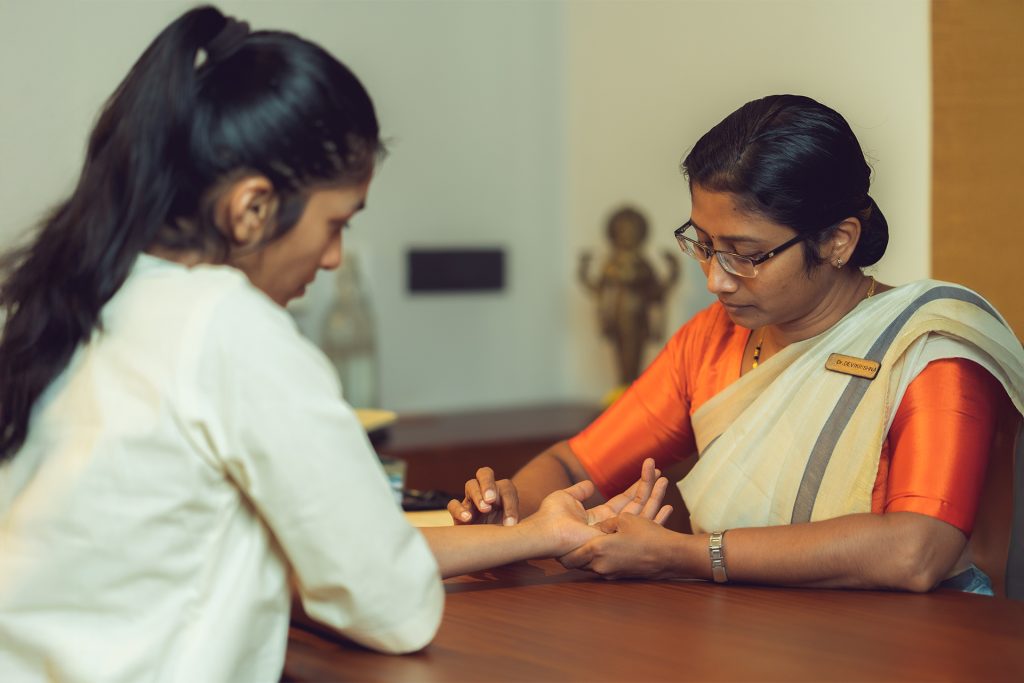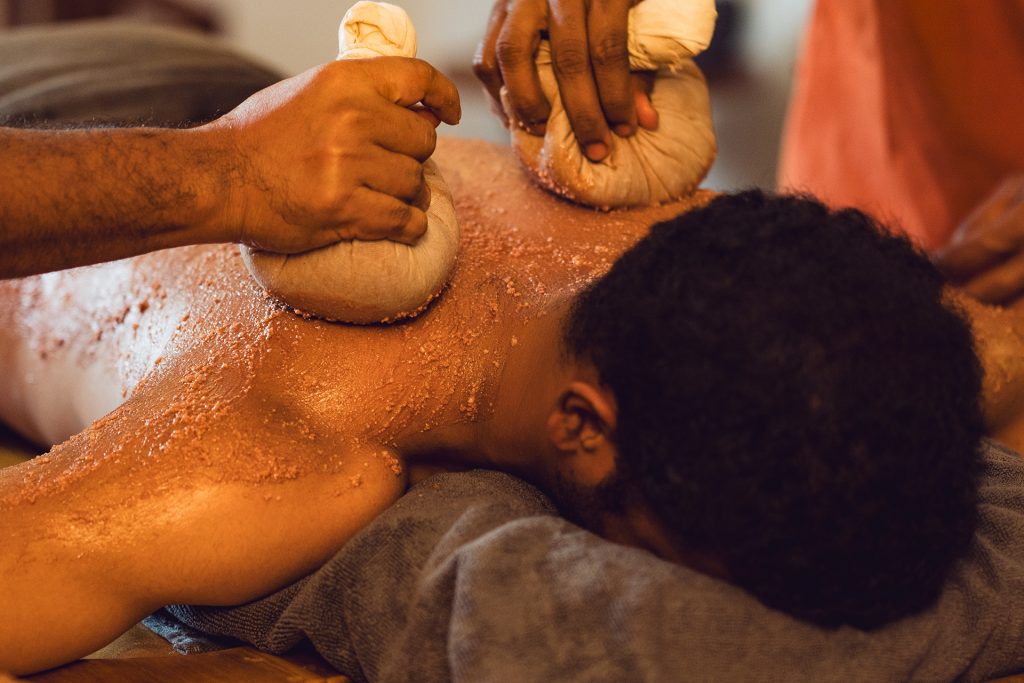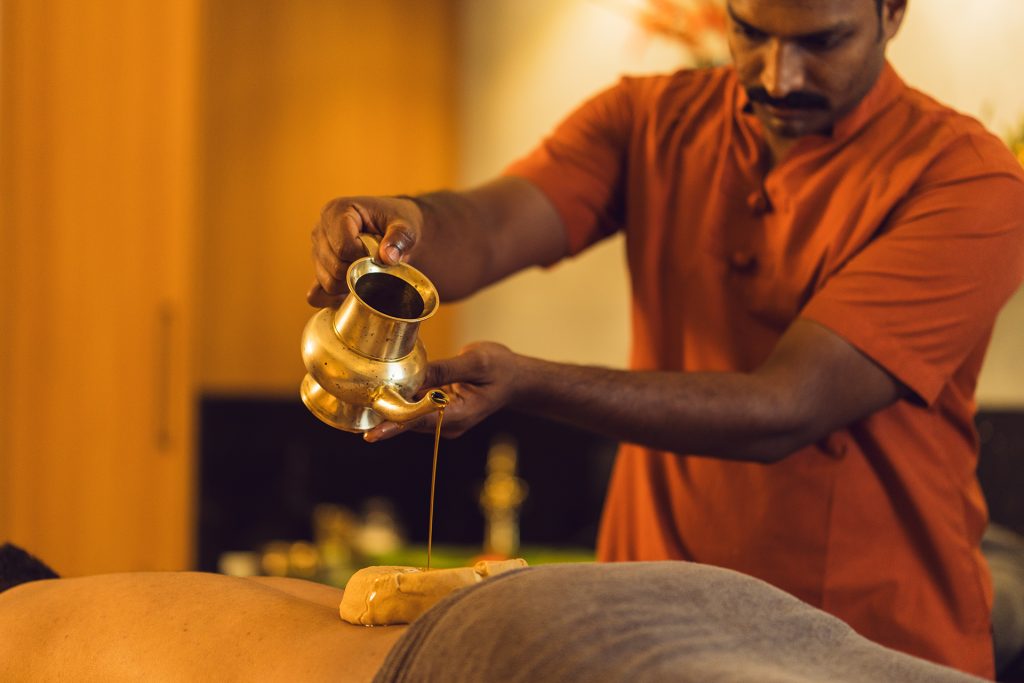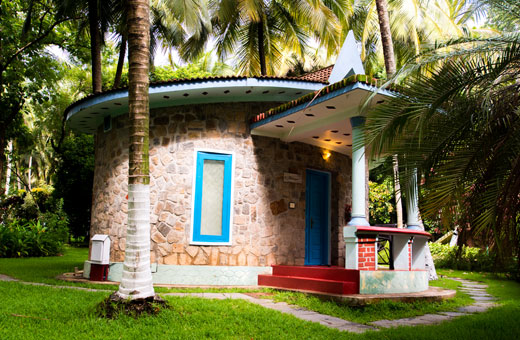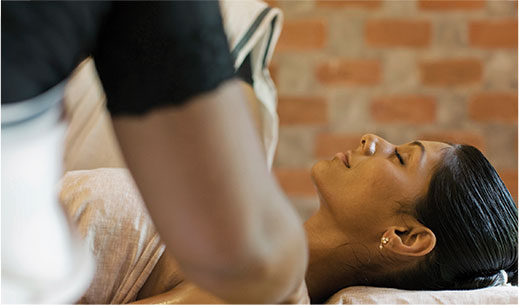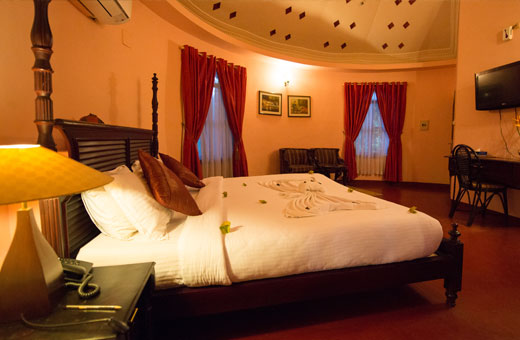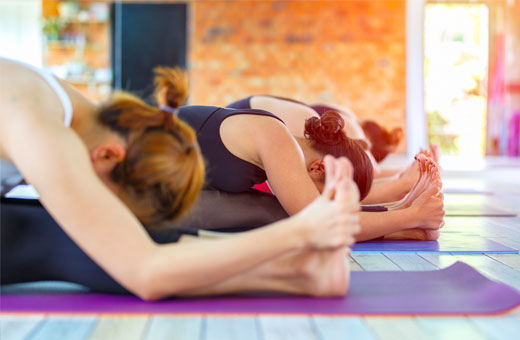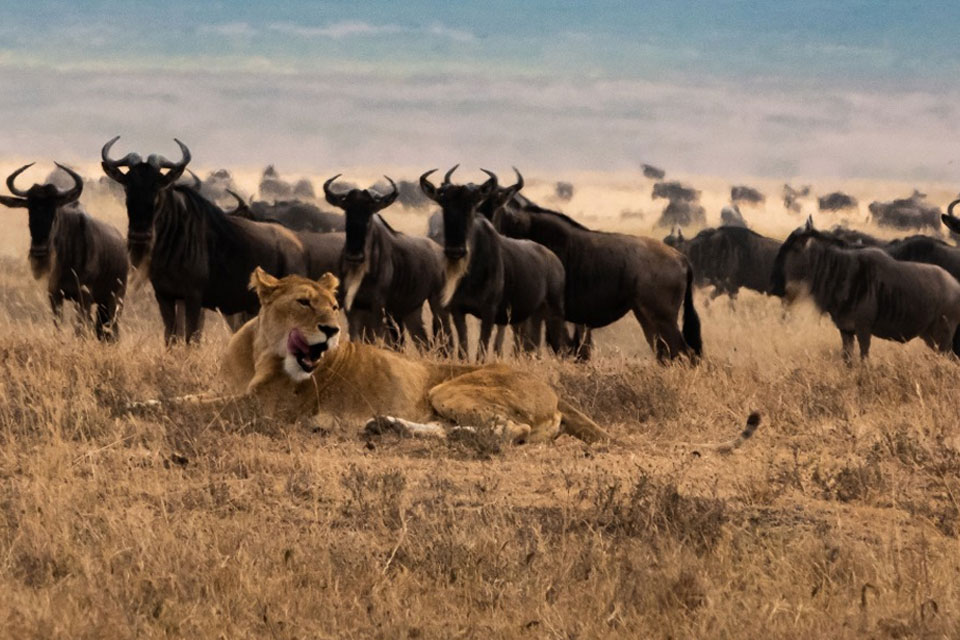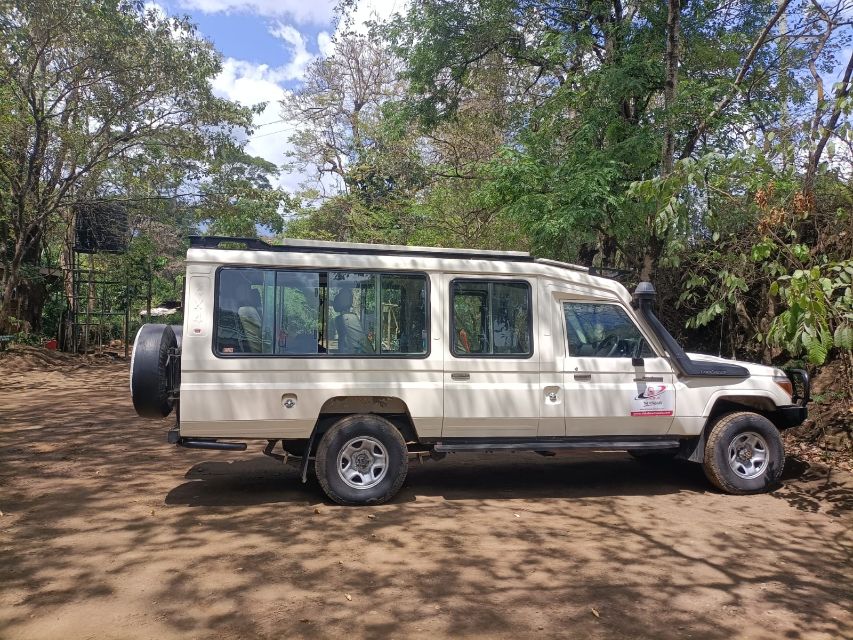Want To Bike Ride Through Africa? Read this first.
Cycling is an amazing and adventurous way to explore a country. Much slower than a car, more exposure to the elements, and the ability – or rather, the privilege – of being able to stop and start easily, whether it’s to eat a quick roadside snack, ask a local for directions or just enjoy the views.
Cycling around Africa is an incredible way to experience the landscape, culture and heritage of the continent. But people always have questions: Where to go? What should I be on the lookout for? We’ll answer these questions here.
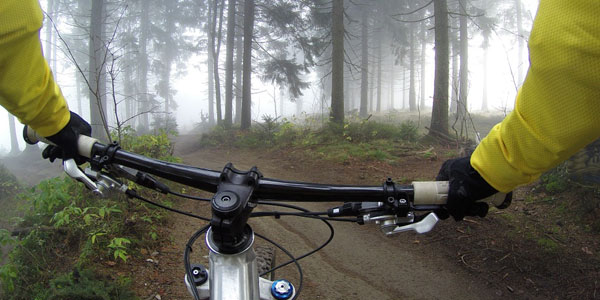
Where?
There are amazing cycling adventures to be had in different parts of Africa, and these are our three favourite places to visit on two wheels:
1. Rift Valley, Tanzania
The beautiful winding descent into the Rift Valley runs along the Escarpment overlooking the village of Mto wa Mbu. The 30km fast descent (no pedalling – just watch your speed and enjoy the view!) will take you through villages and small outposts. Make your way on dirt roads all the way to Lake Manyara. Chat with the locals – they’re known for being extra friendly, and will be happy to direct you to the closest restaurant serving local mishkaki and ugali (marinated, grilled beef and cornmeal porridge).
2. Hermanus, South Africa
The coastal town of Hermanus is where the Southern Right whales migrate to between June and December, making it a premiere destination for land-based whale watching. When you want to take a break from the whales, take any of the multitude of trails that criss-cross the valley and lose yourself in the beautiful scenery around you. The local cycling community has developed a series of trails, several with their own grading and distance. Connect with the local cycling community and make friends while you ride.
3. Rwanda
Mountain biking and cycling tourism have become a niche market in Rwanda, and the Rwanda Development Board (RDB) has developed 11 new cycling trails around the country over the past few years that have a combined distance of 760km. The distinct trails, found in each province in the country, are suitable for beginners to professionals, and the RDB does an excellent job of maintaining the trails and making sure signposts are clear so cyclists always know where they are and where they’re headed.
Common Questions Answered:
1. Is it safe to cycle in Africa?
In short, the answer is YES. It is important to do your research before you go, to make sure that there are no major political of social conditions in the country that could hinder your trip, but for the most part, cycling is a safe adventure, and a lovely way to see the landscape of various African countries. Rainy season can cause some roads to become impassable, and water shortages can make the journey hard when the weather is hot. A little research, planning and preparation goes a long way towards ensuring your comfort on your cycling journey.
2. Are the roads ridable?
While the entire continent still lacks a comprehensive paved highway network, there are plenty of roads and trails for cycling enthusiasts. And some not-so-paved routes that make the cycling a lot more fun! There may be times you find yourself bouncing along a narrow dirt highway, waving to kids and stopping to chat with locals – these out-of-the-way bumpy rides are some of the best ways to see the heart of Africa. But for those who prefer clearly marked trails and paved roads, there are plenty of cycling tours/clubs across Africa that have just what you’re looking for.
3. Will I be eaten by a lion?
The question is obviously in jest, but many people worry about running into wildlife while on two wheels in Africa. The truth is that human development across Africa means that you’ll have to go out of your way to see wild animals – there is almost no chance of crossing the path of a lion or zebra when out on the open roads. If you do want to spot some wildlife while whizzing down the highway, do a little research and find out where they will be during the time of year of your journey. Cycling across the continent is a great way to find the pockets of wildlife viewing that you wouldn’t see otherwise.


